
Home » Journal Articles » Book Reviews » About That Book – Jul/Aug 2006
Rodin’s Art, by A.E. Elsen Oxford University Press, 2003
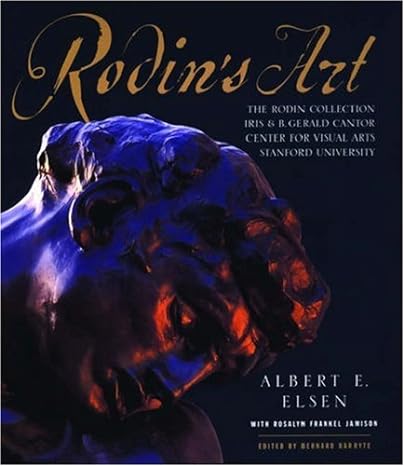
In some ways, coming to sculpting from a lifetime of other activities has been wonderful because there are so many discoveries to be made and I love making them whether they’ve been made before or not. Consulting with fellow sculptors is a great way to learn more quickly, as every symposium participant knows. And
I read voraciously about sculpture and sculptors.
Perhaps the best book I have ever read on this subject is the one published posthumously by Albert Elsen on the fantastically rich Rodin collection at the Cantor Center for Visual Arts at Stanford University. The Cantor collection includes most of Rodin’s most famous works, and many portraits. In also includes a large number of maquettes in both plaster and bronze, in some cases long series of them documenting the evolution of the major works and clearly illustrating the master’s technique and his approach to his work.
Elsen’s book goes far beyond being a beautifully photographed catalogue of the collection, however. When the Cantors began building their collection, he was already a pre-eminent Rodin scholar. His interest and active assistance was what brought the collection to Stanford in the first place, and he continued to study and publish on Rodin’s entire genre until his death in 1995. His superbly-written accounts of the creation and contemporary reception of the major projects are extensive and captivating. For example, he devotes 38 pages and 58 photographs to the 8-year saga of the Balzac monument, 78 pages and 53 photographs to The Burghers of Calais, and so on.
I especially appreciate Elsen’s careful analysis of technique, which is based on his own observations of evidence recorded in the casts, on Rodin’s own writing and speaking, and on the rich literature that has developed during a century of critical reflection. In most cases we cannot trust what art historians tell us about technique, but I have come to trust Elsen. He also does a good job of describing more general aspects of Rodin’s approach, such as his theory of “the lump and the hollow,” his method of developing multiple profiles, and his revolutionary ideas on the portrayal of movement in static media, all of this with reference to specific works of art.
The book begins with the first of many quotations from Rodin: “The way in which the artist arrives at his goal is the secret of his own existence. It is the measure of his own vision.” Elsen fully delivers on that promise, and I appreciate his contribution immensely. I also appreciate that this 662-page opus is a paperback!
On Amazon: https://a.co/d/9F1IfJe

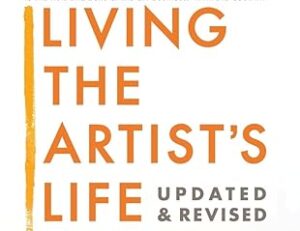
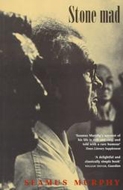
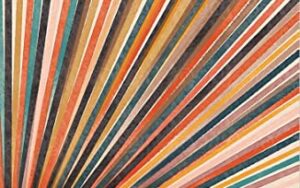
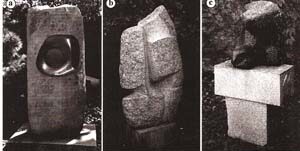


We need some kind of descriptive text here.